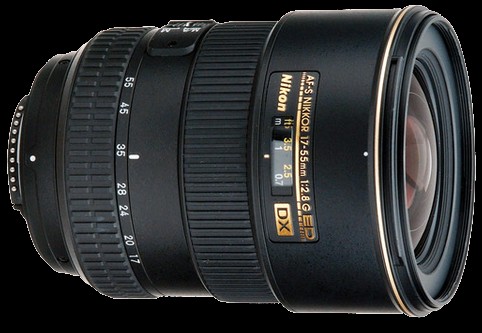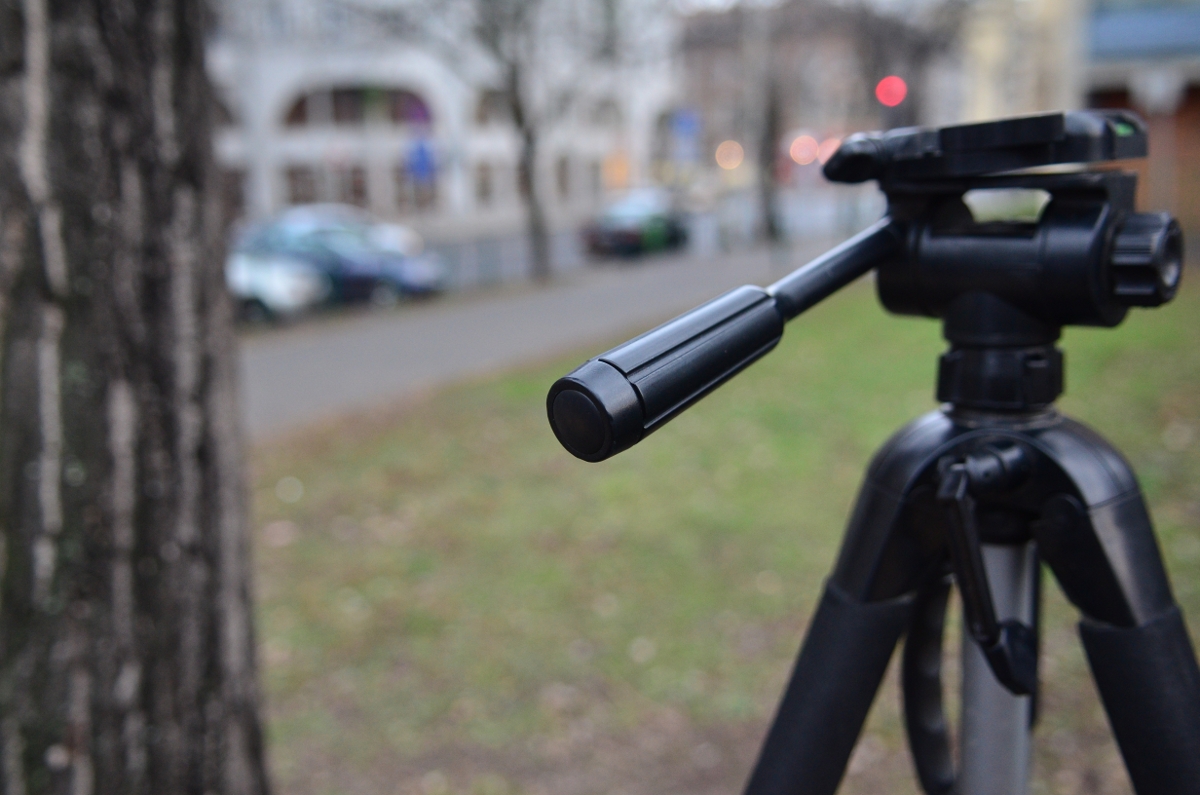Nikon 17 55 f2.8
Nikon 17 55 f2.8
1537 USD, MFD 1.2′(36cm), 1.66 lbs (755g.)

[do_widget Text]
Nikon 17 55 f2.8
Official name
AF-S Nikkor 17-55mm 1:2.8 G ED-IF SWM
Handling, build quality
The Nikon 17 55mm lens is not a small and light lens compare to the other cheaper DX alternatives. On a normal sized Dx body like the Nikon d7000 the lens is on the edge to bend the body downwards. You feel it is there, more so if you use it for longer time. I like the good build quality, but not like the weight attached.

Nikkor 17 55 f2.8 – 24mm f2.8 iso 800 1/80s Nikon d7000
Compatibility
This is a dedicated Dx lens. This means doesn’t fill the frame in Full frame cameras, but if you buy this perhaps can use in Dx mode. The focal length and field of view remains the same. The pixels are compare to the proportion of DX coverage.
Introduction
Let’s cut to the cheese, if you are not a professional photographer, always shooting weddings, and indoor portraits not so much meaning to buy this lens, unless for good money used. If you are after indoor portraits, weddings in this case I suggest to get a used FF camera (Nikon D700 for example) with a 85mm 1.8 prime and you can accomplish yourself much better, than with the 17-55 with a Dx camera. (the difference is much better low light ability, shallower dof, and more ‘Pro’ look for your potential clients, the weight is the same)
For this amount of money the Sigma 18-35 is much better (but there are some issues here and there). The Sigma is very sharp at f/1.8 (sharper than the Nikkor anywhere, not because of the Nikkor is not sharp, but the Sigma is extremely sharp), which setting a Nikon doesn’t have. The bokeh is also better, which gives you lots of extra creativity, can make pictures impossible with other general purpose lenses. The only downside of the Sigma is perhaps autofocus accuracy and compatibility.
If you don’t need the f/2.8 buy the Nikkor 16-85 f/3.5-5.6 instead, it is a very good lens, lot more versatile, with very good stabilization as well. For landscapes wider and sharper as well. It is not a “Pro” lens lighter and not so rugged build than the 17-55. The downside it is not an indoor lens, quite dark especially in the long end.
But if your interest is indoor portraits, and don’t want primes, the f/2.8 aperture is a big plus. For portraits I prefer primes for less distortion and much better IQ. Such 17-55 lenses in my mind can good for family shots (not for serious artistic portraits), but 1500 USD for such thing is a little (very) high price, when a cheap 200 USD Nikon 50/1.8G makes the job a lot better.
According to my opinion for this huge money this lens must be fantastic (it is very good but not fantastic), I don’t like the range 17-50, would prefer longer, and wider as well, the 16-85 is almost perfect. Would be nice to have a 14-140, but not exist. The f/2.8 aperture blurs the background more, than the tipical f/3.5 -f/5.6 lenses, especially at the long end, where the difference is huge f/2.8 vs f/5.6. There is a new Nikon 16-80mm f/2.8-f/4 as well, but this is also not cheap.
What I like is the rock solid build, 3 ED lens elements, f/2.8 aperture in the whole range, decent optical quality and compatibility.
The other alternative is a Nikkor 85mm f/1.8, Nikkor 50mm f/1.8, 35mm f/1.8 20/1.8 primes. The downside is to change lenses. For the cost the Nikon 20mm 1.8 and the 85mm 1.8 is what I would prefer. Both super lenses for full frame coverage and lots of creative potential.
The Sigma 17-50 f2.8 is also a very good alternative with stabilizer. In my opinion there are not so much meaning of this f2.8 zooms at all, because in low light, or inside a building you go much better with a prime, like 35/1.8 or 50/1.8, 85/1.8 for landscapes use the tripod anyway. Usually this zooms are not really sharp at f2.8, and at f3.5 many other lenses are sharp. (Pros use external flashes usually which makes the combo more heavier) This zooms are ment for professional photographers, which well be seen from the price tag. If you are a professional photographer, perhaps likes the Nikon system compatibility, and heavy build quality. But perhaps better to have a Full frame body with a 24-70, or a Sigma 35mm or 50mm f/1.4 Art or a Nikon 24mm f/1.4.
[do_widget Text]
Specifications
|
Filter size: 77 mm (not rotating) Lens elements: 14/10 groups incl 3 ED and 3 aspherical elements Close focus distance: 0.36m (1.18′) Brightness: f/2.8 Aperture blades: 9 rounded Weight:755g (26.63 ounces) Dimensions: 86x111mm Full time manual focus override: yes Made in Japan |
Standard accessories
-Petal shape lens hood – HB-31
-Nikon Lens cap
-Booklet
Focal range:
The lens has a very useful focal range, usually this is the focal range which is used the most by most people.
Build quality
The lens build like a tank, like the Canon L lenses. It is a good thing, if the lens solid and reliable. In this case it is a little heavy as well, which is not very good for a walk around lens or for travel. More like a Pro lens, perhaps can survive more serious abuse as well (it feels so, I haven’t tried for example dropping on concrete).
Optical quality
The lens has very good optical quality. Center sharpness is excellent, I see no fringing. At f2.8 the lens is reasonably sharp. The sharpest is the wide angle setting around f5.6 as it is usual, at tele little less sharp. Regarding distortion only at wide angle are some distortion (2.2%), other settings are quite good.

Portrait Nikon 17 55 f2.8 28mm f2.8 1/80s iso 800 Nikon d7000
Alternatives
Sigma 18-35 f1.8, Sigma 17 55 f2.8 os, Tamron 17-50mm f2.8, Nikon 16-85mm vr, Nikon 18-200mm, Nikon 18-300mm, Tamron 18-200, Tamron 18-250, Tamron 18-270, Nikon 18-55mm vr
Compare to
Tamron 17-50mm f/2.8 : The Tamron is half weight and optically similar, perhaps wider, it is wider than the Canon although both claimed 17mm. The Tamron build quality is not in the same leage as the Nikon 17-55. (Plastic vs metal, in this case I prefer the half weight of the Tamron) Autofocus is also a lot better on the Nikon, than on the Tamron (old noisy screw drive). The Tamron is a little different in terms of picture quality, and how the pictures look, but very strong in the corners as well. The Nikon is very good in the Center. The big difference is the Tamron has the 1/5th of the price. I have the Tamron (Canon mount) and I like it very much, very sharp, has nice contrast and bokeh. Distortion is better on the Nikon I think.
Sigma 17 50 os: The Sigma has a stabilizer which can be a bonus.
Sigma 18-35mm f1.8: The Sigma has a big extra, it’s sharp f1.8 aperture, autofocus is perhaps better on the Nikon.
18-55 vr kit lens: Price/performance the kit wins by a big margin. Optically the 17-55 slightly better and brighter. f/2.8 vs f/5.6 at long end. The difference in picture quality is lot less in the wide end you might think. You can check in detail my 18-55 vr review.
Pros
-Solid build
-Decent optical quality
-Bright (f/2.8) aperture
Cons
-Price
-Heavy
-Better alternatives
Conclusion
This is a very good lens with excellent build quality, good autofocus, but lacks stabilizer and very expensive.
|
|
|